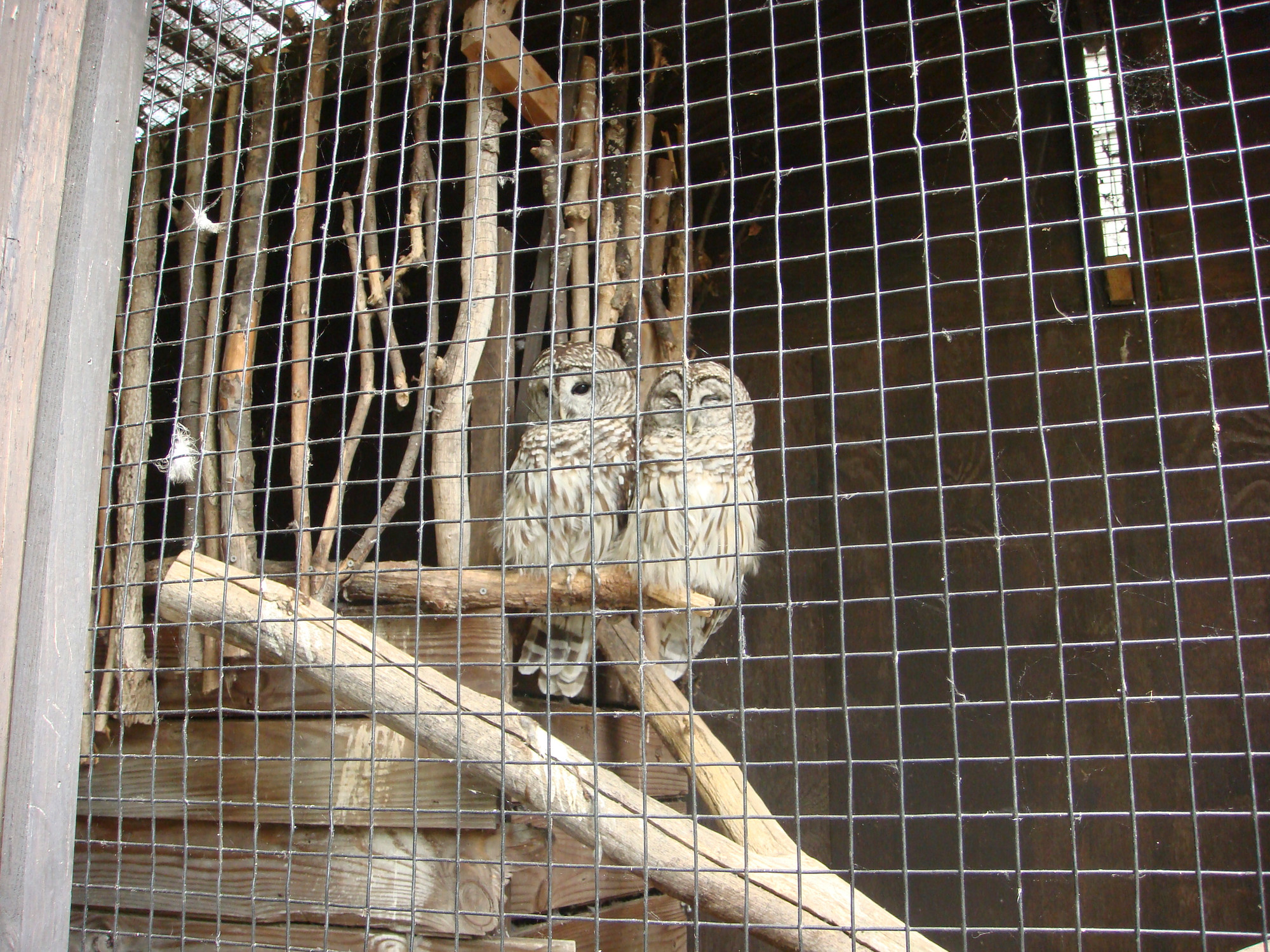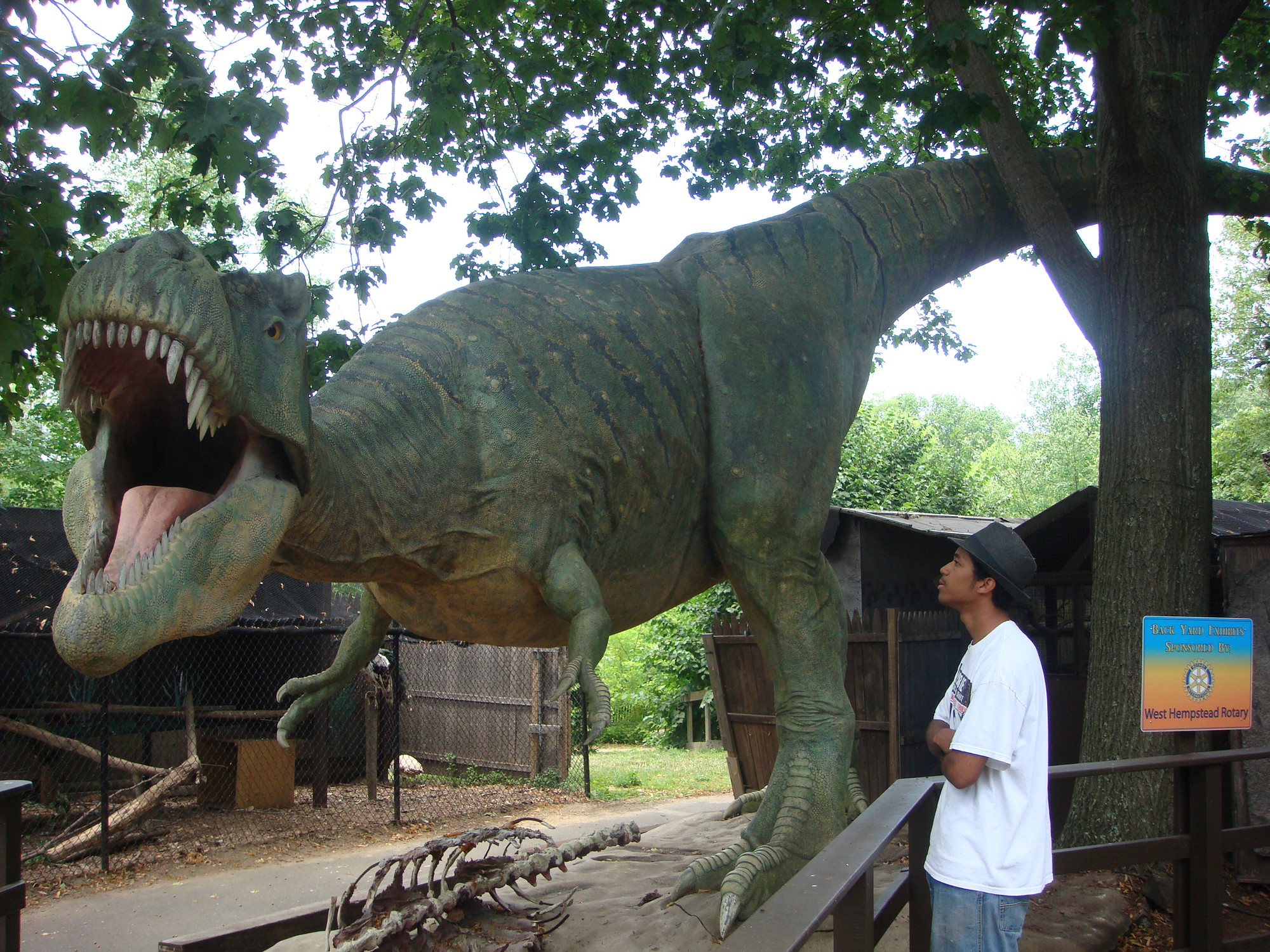Dinosaurs, turtles and a mascot macaw
Playing in mud has a higher purpose.
Just ask the children at The Center for Science Teaching and Learning (CSTL) who burrowed into the fossil pit, scouring for fake dinosaur bones as though they were real. CSTL believes in learning through getting your hands dirty.
Located on Rockville Centre’s Tanglewood Preserve, CSTL houses an exotic reptile museum and summer camps for children. Classes include physics, forensics, rocketry and the students’ favorite, paleontology. Dr. Ray Ann Havasy, CSTL’s director, once asked a 6-year-old why he loved dinosaurs.
“He said, ‘They’re big, they’re awesome and they’re dead,’” Havasy said. “So he could love them and not be worried about being scared of them. He knew that there wasn’t going to be a T-rex in his closet and there wasn’t going to be a T-rex in his backyard.”
With her doctorate in biology from Columbia University, Havasy founded CSTL in 2000. Now, the center boasts nearly 40 different animals in its exhibit. But one stood out.
Perched in his room by the lobby of the main building was Buddy, the center’s star attraction. A macaw covered in vibrant blue and gold feathers, the tropical parrot knows more than 15 words and is quite a showman.
“He’s kind of our mascot,” said Havasy, giving Buddy a peanut. “All the school groups that come in, he greets them. He knows to say hello when you come in. He knows to say goodbye when you leave. There are people that come here just to visit him. He’ll knock on the window to get your attention if you’re not talking to him.”
Havasy’s focus in college was endangered species. As the director, she strives to instill a sense of self-accountability in all first-time pet owners. In fact, CSTL rescued Buddy after he was abandoned.
“One of the ways we get animals is people don’t do their homework,” said Havasy. “So they buy an animal when it’s small and then as it gets bigger and bigger they go, ‘Oh, we can’t take care of this anymore.’ So, one of the lessons we really teach people is before you pick a pet, to really learn about that animal.”
Macaws are the largest type of parrots in the world and their beaks could rip a person’s finger clean off. Yet, staff member Christopher “C.J.” Lake II, casually scratched Buddy’s head while letting the bird affectionately nibble his thumb.
“Buddy really likes C.J.,” said Havasy. “I tease C.J. all the time and I say if this place ever closes, Buddy’s going home with him.”
Lake started as a CSTL volunteer when he was 13 and is currently in charge of animal care.
Each animal has a story. One of the most unique was that of a lone Reeve’s Turtle resting in a tank.
“This turtle here was in a suitcase with about 20 other turtles that someone brought from China to sell as pets,” Lake said. “They were in the unpressurized part of the cabin. It was freezing cold up there and reptiles need warmer temperatures. He was the only one that made it out.”
The turtle isn’t the only animal the center has saved. Outside were two owls with black and brown feathers.
“These are Barred Owls. These guys are also rescue animals,” said Lake. “What happened to them was they were hit by a car. They each only have one wing so they can’t ever be released into the wild.”
Lake now nurtures and hand-feeds the owls.
Across the yard, solar panels on the cottage roof harnessed the afternoon sun as students were relishing recess. Some chose soccer, others stormed the mock fossil dig.
Teacher Jeannine Hengeveld oversaw the budding archaeologists.
“Nowadays kids are so addicted to technology,” said Hengeveld, as a child flaunted his latest discovery. “They’re always attached to their cell phones and video games and here, we don’t allow those things. So it really gives the kids a chance to get away from the computer, get away from the videogames and really focus on the outdoors, which kids aren’t doing so much anymore.”
It’s the third year at CSTL for 12-year-old Harrison Schmidt. The friendly atmosphere brings him back. “It’s a much more casual feeling,” said Schmidt. “A lot of the teachers here are very, I guess you could say, ‘chill,’ about things. They’re not that uptight and they’re nice to me.”
This summer, CSTL hopes to cultivate a deeper fascination for nature in the students through field trips to museums and zoos.
“Our mission is to encourage science learning,” said Havasy. “So to me, if someone is walking on the preserve and they see something and they ask what it is or why that’s there, anything we can do to spark that interest in the world around us.”

 49.0°,
Fair
49.0°,
Fair 









